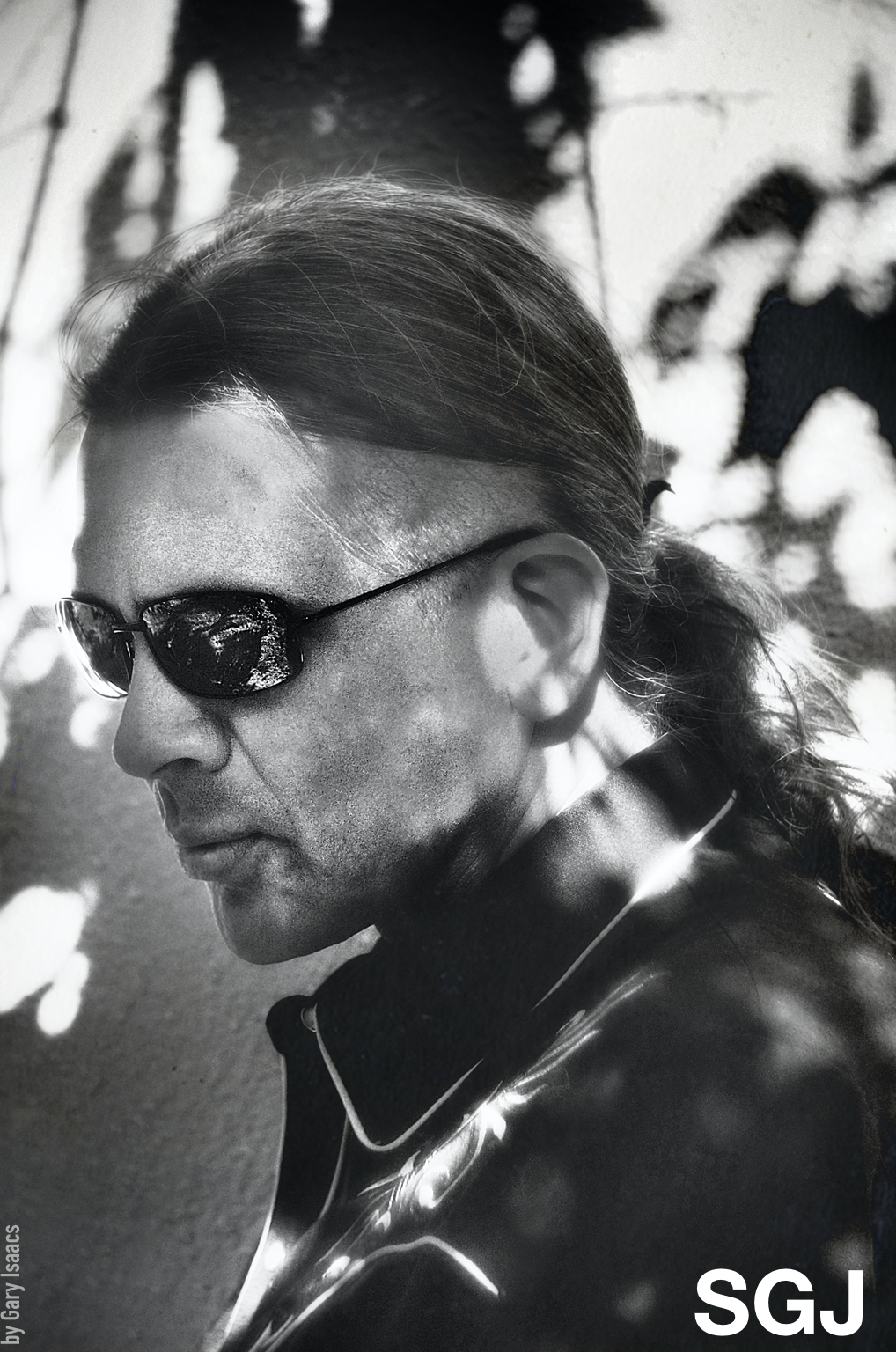Editor’s note: The following tape is one of many confiscated from the locker of LP Deal in the back of the Fool’s Hip Bowling Alley in the Dakota Territories by Federal Agents during their investigation into the murder of tourists in the region. The publisher acquired the tapes through legal means and now has made transcripts of them available to the public so that more can be understood of the incident in question and the man who claims not to have been involved at all, Stephen Graham Jones.
Taping session number four. Chassis Jones: female, “Indian,” interrogator. Stephen Graham Jones: male, Blackfeet, author, interrogated. No relation.
CHASSIS JONES: We’ve discussed you’re involvement in documenting events in the Dakotas, but I’d like to steer from that and focus more on you. First, I’d hate to ask the ‘what are your influences’-question, but I’d like to know what inspired you to choose writing, especially in the realms of horrific fiction? Are you trying to remove the nightmares from your head like Stephen King, or do you have other reasons?
CHASSIS: In the Velvet there was considerable talk about genres and how to define them and a few people mentioned that they don’t see genres only styles, because there are certain techniques used in the various styles that makes them recognizable if indefinable. Do you think there are genres or styles or some sort of mix and match?
CHASSIS: You’ve said in interviews elsewhere that you’re trying to redefine the Indian Novel because it’s grown stagnant. Plus it’s known that you’re a self-proclaimed thriller/horror buff. What appeals to you about the two?
CHASSIS: Above I asked what inspired you to choose fiction, but, now, what makes you keep coming back to it day after day? What makes you hunker over your keyboard? And, too, would you write if there wasn’t a publishing industry? Would the words still leak through your skin onto the paper?
CHASSIS: ALL THE BEAUTIFUL SINNERS [ATBS] is described as your first commercial book, but ATBS is anything but commercial. How did you keep ATBS from becoming a cheesy airport mystery? And are cheesy mysteries good for the genre?
CHASSIS: THE BIRD IS GONE, wow, I believe if I ripped the covers off of BIRD and ATBS the reader would have a hard time realizing they were written by the same author. And how did you keep it all straight, the different fonts, the footnotes, the appendices, the different narrative threads?
CHASSIS: BLEED INTO ME [BN2M, due July ’05] is a collection of short stories. Tell us about the process of choosing the shorts that comprise it, because you have shorts everywhere. All your published works have been novels, mysteries, fantasy, so what can a reader expect to find when diving into BN2M?
CHASSIS: DEMON THEORY [DMON, due out spring 06, publisher Macadam/Cage] is said to take the horror genre to a whole another level. Will Christopher Baer has said about DMON: “a masterwork horror story that doesn’t just blow the doors off the genre, it burns the house down.” Can you tell us more about DMON? And in previous interviews you’ve said DMON was your favorite book, and the book you would be rewriting forever. When did you know to say enough is enough?
CHASSIS: Any tricks you recommend for good writing?
CHASSIS: Why not why not with a goat?
SGJ: Probably because I respect them, remember sitting once all day way back in the trees with a goat that was bleeding out. I was twelve, thought she might live. She didn’t. [read his piece “Bestiary� for more on this topic]
Editor’s Note: last of what was salvageable from the tape.

 is the NYT bestselling author of 30 or so books, +350 stories, some comic books, and all this stuff here. He lives in Boulder, Colorado, and has a few broken-down old trucks, one PhD, and way too many boots. More
is the NYT bestselling author of 30 or so books, +350 stories, some comic books, and all this stuff here. He lives in Boulder, Colorado, and has a few broken-down old trucks, one PhD, and way too many boots. More
1 thought on “LPTape 1”
Comments are closed.